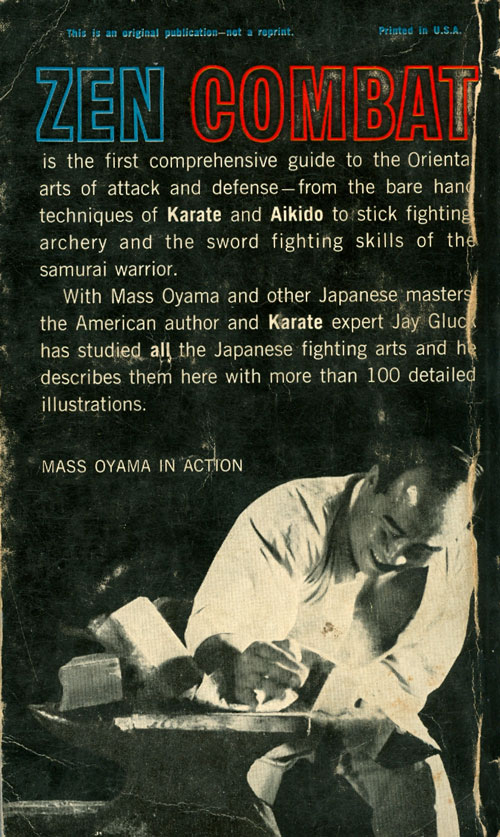
Zen Combat is a collection of new and re-purposed articles
from late 50s/early 60s martial arts mags, which at the time were more
like trade publications and newsletters for a community of professionals
and ‘pro-sumers’ rather than the media-influenced glossy fare they
became post Bruce Lee. Gluck was an Asian culture expert and practicing
martial artist (travelling in circles with the great Mas Oyama)
living part-time in Japan during a time when all things ninja were
exploding in popularity. His poise is like that of an old-school Rolling
Stones fan wading through a crowd of girls screaming for One Direction.
The result is one of the more honest, if not overly skeptical essays on
the matter you’ll find.
This article wasn’t a cover feature designed to sell magazine copies
during a craze. There is no slant toward any emerging school, pressure
from a publisher not to offend advertisers or effort to fan the flames
of an exploding fad. For that, I think its a valuable read regardless if
one agrees with Gluck’s findings.
The book is out of print, and the author no longer with us, so until Zen Combat becomes a commercial entity again, here’s scans of my vintage copy of the “The Magician: Ninjutsa” [sic] article. Have at it…

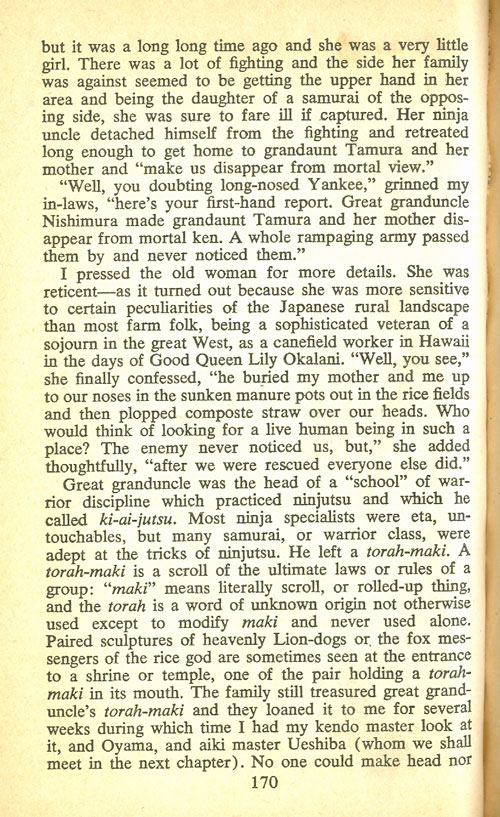
Gluck’s personal connection to shinobi history is little more than
family anecdote, but the fish tales actually serve to illustrate a
fundamental frustration with studying the moving target that is
historical shadow arts and ancient espionage.
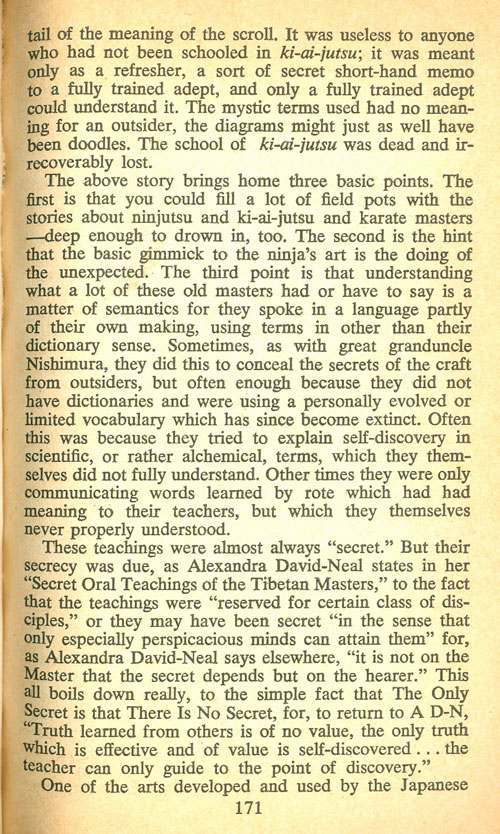
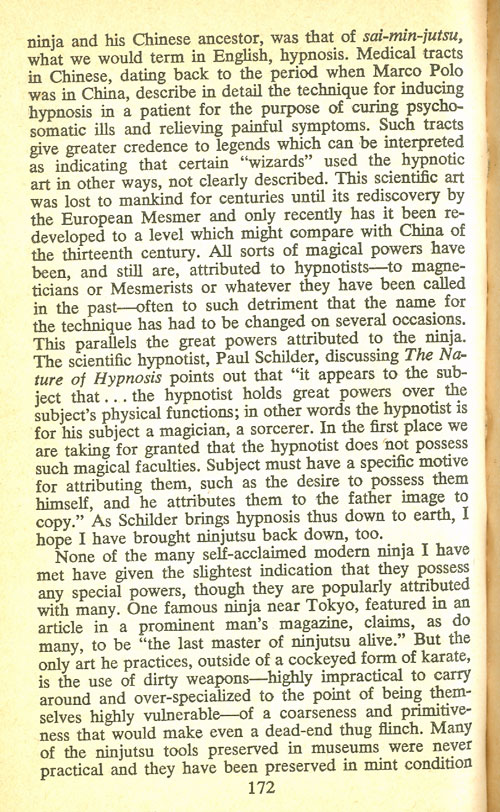
Gluck is a bit of a hater here, but aside from dispersions
on “cockeyed karate” experts I really dig his analysis of “dirty
weapons” and the practical truth behind alleged artifacts that populated
the cases of the new wave of ninja museums and tourists attractions.
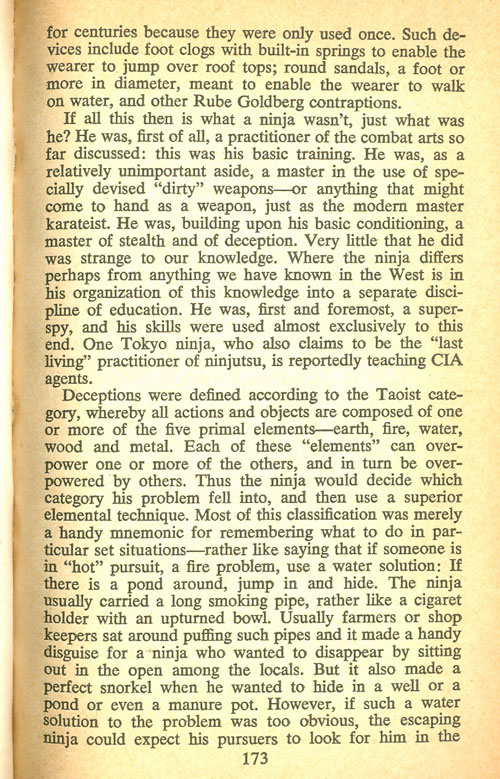
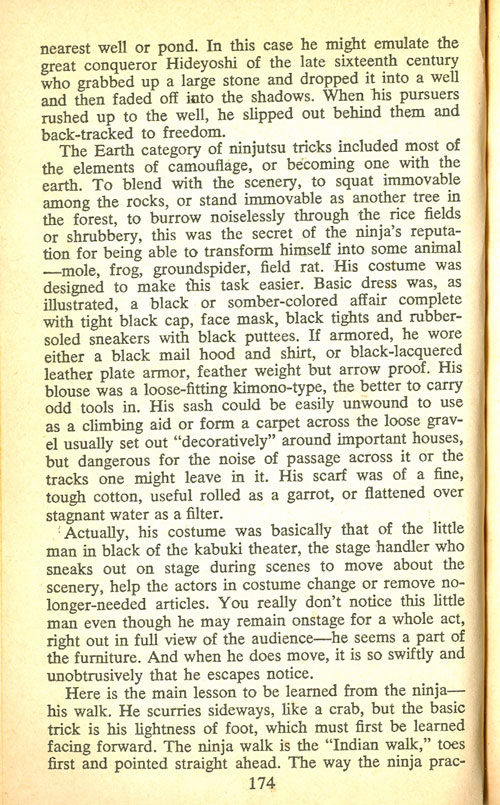
Interesting that despite looking down his nose at ninja-mania, Gluck
isn’t a debunker. He buys into the black suit, and even makes parallels
with kabuki stage blackout wear, but not a direct connection based on
outright doubt as many have since.
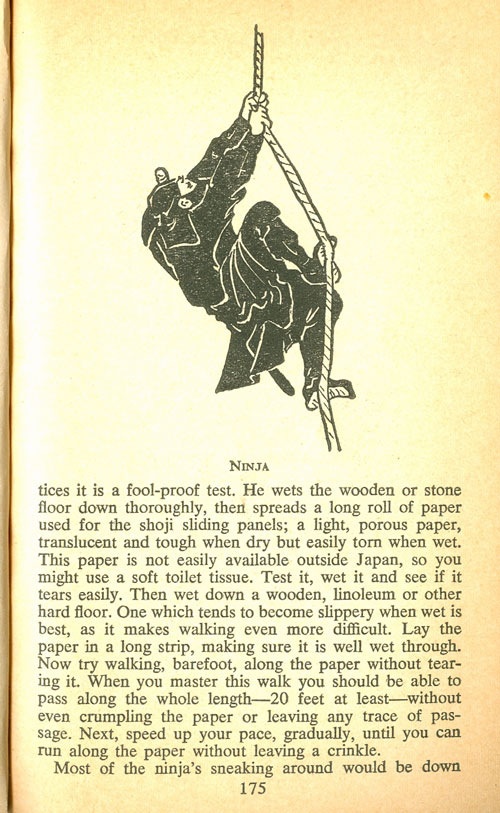
Gluck also embraces the notions of specialized walks and runs as
legit techniques of ninjutsu, seen in a lot of contemporary film and TV
in “that man, he runs like a ninja” scenes. Check out Festival of Swordsmen or any of the Onmitsu Kensin (aka The Samurai) seasons for this.

I absolutely LOVE the line “People may look at him, but they will not see him,” which foreshadows similar notions Joseph Stefano wrote in “The Invisibles” episode of The Outer Limits two years later:
You do not know these men. You may
have looked at them, but you did not see them. They are newspapers
blowing down a gutter on a windy night.
have looked at them, but you did not see them. They are newspapers
blowing down a gutter on a windy night.
and later,
You do not know these men. You may
have looked at them, but you did not see them. They are the wind that
blows newspapers down a gutter on a windy night — and sweeps the gutter
clean.
have looked at them, but you did not see them. They are the wind that
blows newspapers down a gutter on a windy night — and sweeps the gutter
clean.
beginning and end of an episode centered on secret government agents
battling an even more secret alien invasion conspiracy. Their heroics
will never be known to man, nor will the threat they defeated ever be
realized by a public secure in its ignorance of what almost just went
down.
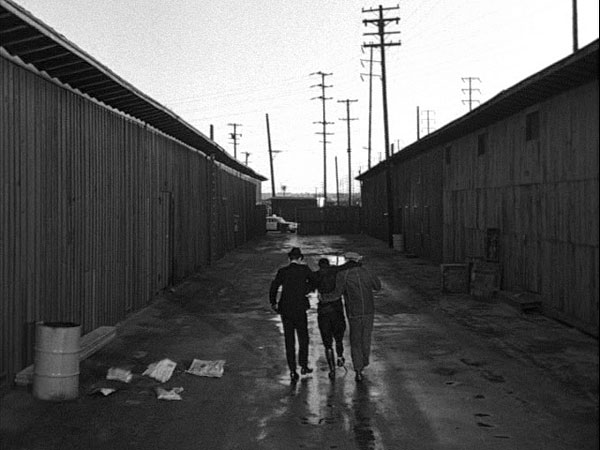
The “control voice” lines could just as well describe the value of
good ninja, whose genuine exploits are (perhaps to history’s benefit?)
lost in the fog of family anecdotes, fish tales spun by fraudulent
martial artists cashing in on fads and mass media whipping up a big
craze. Or so Jay Gluck postulated…
I’d love to see what he would have written twenty years after the publication of Zen Combat. If Gluck was dubious of all the “last ninja” schools then, what would he have thought of what went down in the 80s?
Our fetishization of supposed “dirty weapons” certainly didn’t fade away, either.


